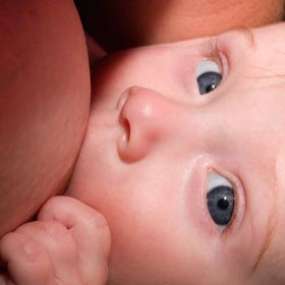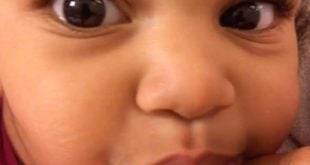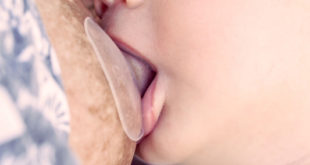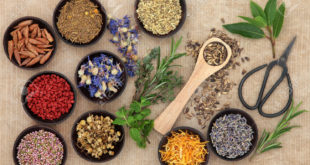Ask Anne…
 Question: I am currently breastfeeding my fourth child and he is four weeks old. Breastfeeding was going well until a week ago. Now when he latches on to eat it causes me tremendous pain. It even hurts just to stretch my arms up. I bought a tube of lanolin because I was told it would work wonders, but it didn’t help. My nipples are cracked and terribly sore – HELP!
Question: I am currently breastfeeding my fourth child and he is four weeks old. Breastfeeding was going well until a week ago. Now when he latches on to eat it causes me tremendous pain. It even hurts just to stretch my arms up. I bought a tube of lanolin because I was told it would work wonders, but it didn’t help. My nipples are cracked and terribly sore – HELP!
Answer: Based on the symptoms you’re describing, it sounds like you might have a really bad yeast infection. Symptoms include just what you are describing: intense pain no matter what you try (lanolin, different positions, etc.), tender nipples that are reddish and cracked, and dreading each feeding because the pain is so bad. I find that severe soreness that persists after the first couple of week of nursing is nearly always due to yeast (especially when the mother is experienced at nursing and knows the basics of proper positioning). Although lanolin can be very helpful in dealing with soreness due to other causes, it will not be helpful in treating a yeast infection, and may make the soreness worse.
Here are things that might be helpful.
- Gentian violet – it contains anti-infective as well as anti-fungal properties and is available over the counter and is very inexpensive. It can be used to treat the baby’s mouth and diaper area as well.
- Nizoral cream – it requires a prescription, but is a very effective topical anti-fungal. It can be used to treat yeast on your nipples or the baby’s diaper area, but not in his mouth.
- If your doctor will prescribe it and your pharmacist will mix it up for you, Dr. Jack Newman’s nipple ointment is excellent. It is a mixture of an anti-fungal cream (I recommend Nizoral, but you can also use a combination of Nystatin (100,000 units/ml, 15 gms) and Clotrimazole (10% cream, 15 gms). These are anti-fungals to treat the candida, or yeast. In addition, the cream contains Mupricon (antibiotic – 2% ointment, 15 gms) and Betamethasone (cortocosteroid to decrease inflammation -0.1% ointment. 15 gms). In his book, Dr. Jack Newman’s Guide to Breastfeeding, he recommends applying the ointment after each feeding without washing it off, gradually cutting back on the applications as the pain disappears.
- Breast shells (with large hole for sore nipples, not small hole for inverted ones) can help air dry the nipples and keep clothes and pads from rubbing against the raw area. If you use pads, use disposable ones and change them often – try to expose the nipple to air as much as possible.
- Use a pump or manually express milk while the nipple heals. Sometimes breastfeeding is just too stressful on the damaged nipples, and if you use a good pump for a couple of days, it can give the tissue a chance to heal – you can control the suction with a good pump or manual expression, but not with the baby.
- 6) If the yeast has worked its way int0 the ducts (symptoms are deep, burning, stabbing pain inside the breast, especially with let-down and immediately after feedings), then you may need to use a systemic treatment rather than a topical one. Diflucan (oral medication available only by prescription) seems to work better than anything else. Make sure you take enough of the Diflucan – it rarely works unless you take at least 7-14 days of treatment, and with the severity of your symptoms, it may take up to a month or more. The recommended dosage is 400 mg the first day and 150-200 mg daily for the duration of treatment.
The key is to treat the yeast aggressively in both you and your baby, because once it is in your system, it doesn’t tend to go away by itself. It feeds on moisture in the tissues and the sugar in the milk, so it has a perfect environment to multiply, whether in your milk ducts, in your vagina, in your baby’s mouth, on his diaper area, or on your nipples. Make sure you treat the baby at the same time you are treating yourself, even if you don’t see any symptoms in him – otherwise, you may just keep trading the yeast back and forth.
Yeast can be very difficult to diagnose and to treat, so you want to catch it as early as you can and treat it aggressively. The article Yeast Infections and Thrush contains all the information you need to develop an effective treatment plan, including resources you can share with your doctor.
Anne Smith, IBCLC
Breastfeeding Basics
 Breastfeeding Basics
Breastfeeding Basics



